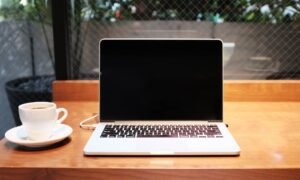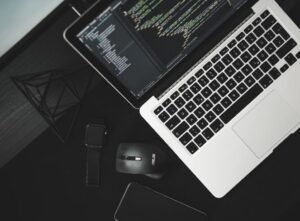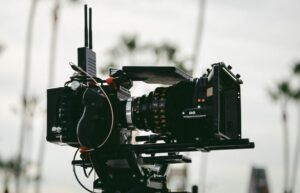Get AI to Make Art
Artificial Intelligence (AI) has evolved rapidly in recent years, and its capabilities now extend beyond traditional tasks. AI can now generate art, creating visually stunning and thought-provoking pieces that challenge our perception of creativity. In this article, we will explore how AI is revolutionizing the art world, the techniques used by AI algorithms to produce art, and the ethical implications surrounding the use of AI in the creative process.
Key Takeaways
- AI can create art that rivals human creations.
- Generative adversarial networks (GANs) are commonly used AI techniques for art generation.
- The use of AI in art raises ethical questions about authorship and creativity.
AI algorithms have become incredibly proficient in generating art, producing pieces that can rival those created by humans. These algorithms employ techniques like generative adversarial networks (GANs) to create original and diverse artworks. GANs consist of two neural networks: a generator that produces images and a discriminator that evaluates the generated images against a set of real images, providing feedback to the generator to improve the generated output. This iterative process allows the algorithm to refine its creations, resulting in remarkable pieces.
AI-generated art challenges our traditional notions of creativity, blurring the boundaries between human and machine-generated creations. The ability of AI algorithms to generate unique and visually appealing art raises questions about the role of technology in the creative process. While some see AI as a tool to augment human creativity and explore new artistic possibilities, others worry about the potential loss of human authorship and originality.
AI Techniques for Art Generation
AI algorithms employ various techniques to generate art, each with its own unique approach. Some notable techniques include:
- Style Transfer: AI algorithms can transfer the style of one image onto another, creating a fusion of artistic styles. For example, an algorithm can apply the brushstroke style of Van Gogh’s “Starry Night” to a photograph, resulting in a visually captivating blend of photography and painting.
- Neural Style Transfer: This technique combines convolutional neural networks (CNNs) with style transfer, allowing the algorithm to generate images with a given style. By leveraging CNNs, the algorithm analyzes the content and style of images to create visually pleasing outputs.
- DeepDream: DeepDream is a technique that showcases the internal representations of a neural network. By modifying the input image based on the network’s patterns, the algorithm generates hallucinatory and surreal creations that captivate viewers.
The Ethical Implications of AI Art
The use of AI in art creation raises ethical considerations and challenges our traditional understanding of authorship and creativity. Some key concerns include:
- Ownership and Attribution: Who should be credited as the creator of an AI-generated piece of art? Is it the developer of the AI algorithm, the user who inputted the parameters, or the AI itself? Clarifying ownership and attribution in AI-generated art is a complex issue.
- “Artistic Originality: Can an AI algorithm be truly original? As AI algorithms are trained on existing artworks, critics argue that AI-generated art merely replicates existing styles and lacks true innovation and originality.”
- Job Displacement: The widespread use of AI in art creation may impact human artists and creative professionals. Concerns arise as AI algorithms can produce art faster and potentially replace human artists, leading to unemployment and a devaluation of human artistic skills.
Conclusion
AI has greatly transformed the world of art, pushing the boundaries of what is considered human creativity. The use of AI algorithms in art generation has led to fascinating and visually stunning pieces that challenge our perception of artistic expression. However, the ethical implications surrounding AI-generated art should not be overlooked, as they provoke important discussions about authorship, originality, and the future of human creativity.
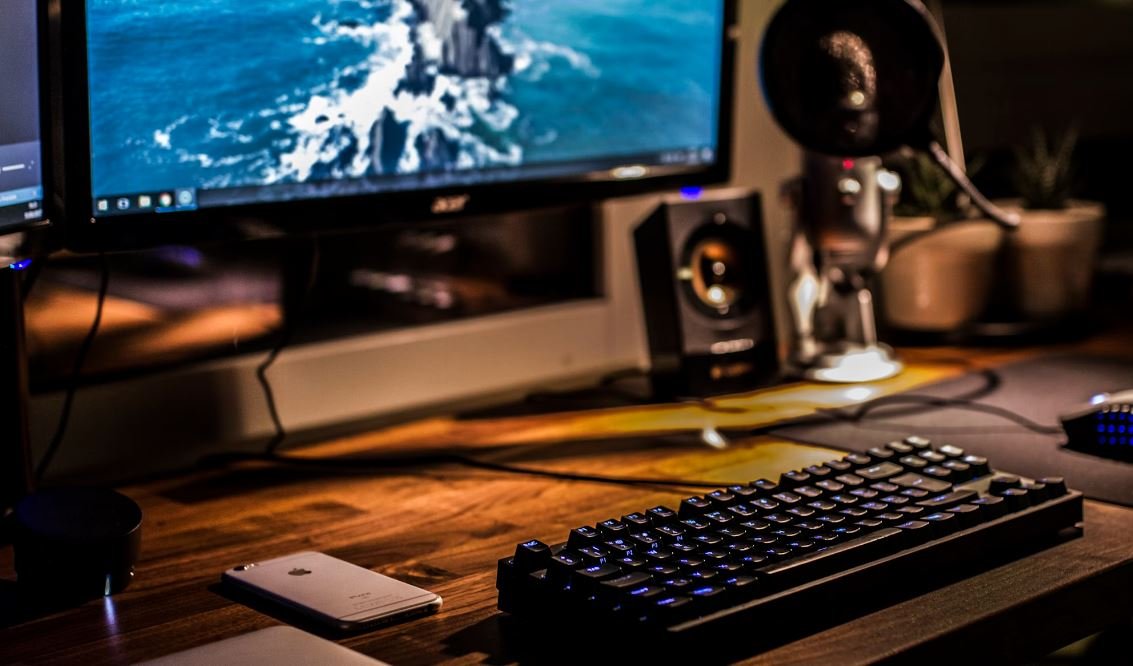
Common Misconceptions
Misconception 1: AI can only create abstract or random art
One common misconception about AI is that its artistic creations are limited to abstract or random patterns. This perception stems from early experiments with generative algorithms that focused on producing chaotic or unconventional art styles. However, AI-driven art has evolved significantly, and modern AI algorithms can mimic a wide range of artistic styles and create realistic and detailed artworks.
- AI algorithms can imitate famous artists’ styles like Van Gogh or Picasso.
- AI-generated art can replicate various genres, such as landscapes, portraits, or still life.
- AI art can exhibit sophisticated techniques like shading, textures, and perspective.
Misconception 2: AI completely replaces human artists
Another common misconception is that AI will replace human artists altogether. While AI has the capability to produce art, it is essential to understand that AI is merely a tool or a collaborator for artists, rather than a substitute. The creative process involves much more than producing visually appealing images, incorporating conceptualization, emotion, and subjective decision-making, which are inherently human aspects.
- AI can assist artists in generating ideas or creating preliminary drafts.
- AI can automate certain repetitive or time-consuming tasks in the artistic process.
- AI enables artists to explore new creative possibilities and expand their artistic horizons.
Misconception 3: AI-generated art lacks originality or creativity
There is a misconception that AI-generated art lacks originality or creativity because it is produced by a machine. However, AI algorithms can generate novel and unique artworks that have never been seen before. AI can combine and reinterpret elements from various artistic styles and generate innovative compositions that can surprise and inspire both artists and viewers.
- AI algorithms can generate unique combinations of visual elements, colors, and patterns.
- AI can introduce new perspectives and interpretations of traditional artistic concepts.
- AI can produce unexpected and intriguing compositions that challenge traditional aesthetic norms.
Misconception 4: AI cannot evoke emotions or convey meaning
Many people believe that AI-generated art lacks the emotional depth and meaning that is often associated with human-made art. However, AI algorithms can be trained to recognize and replicate emotions, allowing them to create artworks that evoke powerful emotional responses. AI can also generate art that conveys complex narratives or explores profound themes.
- AI algorithms can analyze human emotional responses to art and learn to create emotionally impactful pieces.
- AI can generate art that reflects specific moods, such as joy, melancholy, or serenity.
- AI art can explore societal issues, personal experiences, or philosophical concepts through visual representation.
Misconception 5: AI art devalues the art created by humans
There is a misconception that the presence of AI-generated art devalues the art created by humans. However, AI should be seen as a complementary addition to the art world rather than a threat. AI-generated artwork can coexist with human-made art and contribute to the artistic dialogue by offering new perspectives, opening up possibilities for experimentation, and pushing artistic boundaries.
- AI-generated art can inspire human artists and spark new creative ideas.
- AI can encourage artistic collaborations between humans and machines, leading to novel art forms.
- AI art can attract new audiences to the art world and generate interest in traditional art forms.
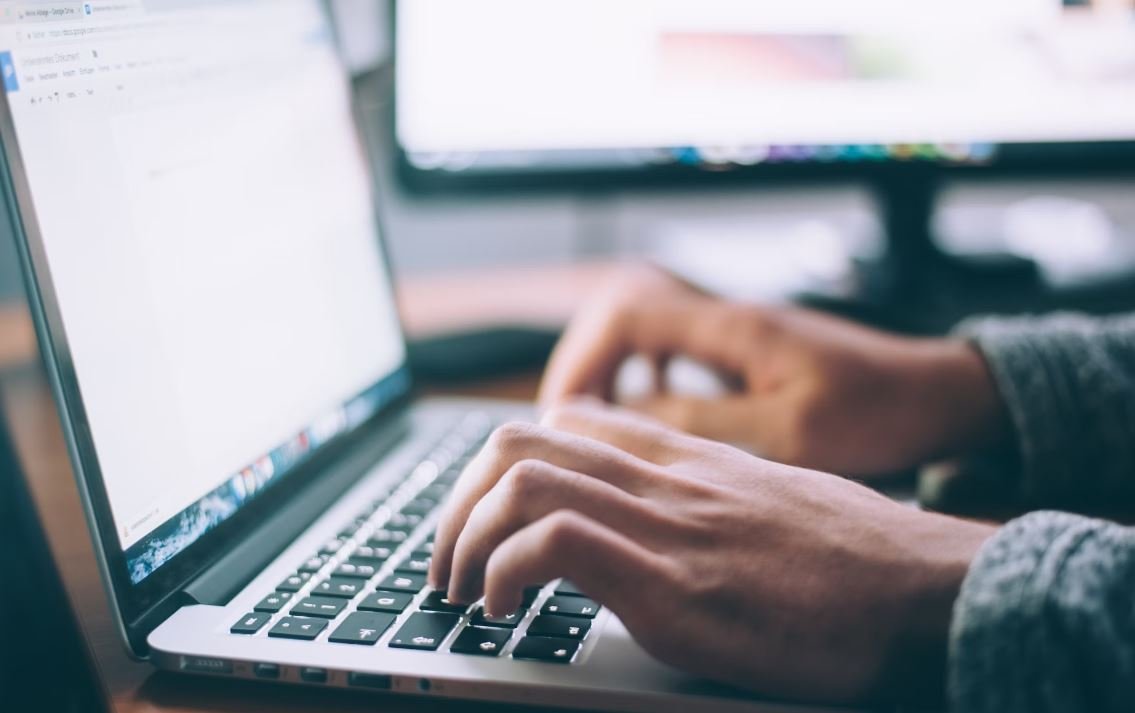
Get AI to Make Art
The field of artificial intelligence (AI) has made significant advancements in recent years, with applications ranging from virtual assistants to self-driving cars. One particularly intriguing area where AI is gaining traction is the creation of art. By analyzing patterns, styles, and aesthetics from existing artistic works, AI algorithms have started producing impressive pieces of art that challenge our perception of creativity and originality. The tables below showcase some fascinating aspects of AI-generated art.
1. Masterpiece by AI
One striking example of AI-generated art is an exquisite painting titled “The Dream of Pixels.” This artwork, created entirely by an AI algorithm, reflects the convergence of traditional art techniques and cutting-edge technology. With its vivid colors and complex composition, this masterpiece challenges the notion that only human artists can produce captivating artwork.
2. Evolution of AI Art
Over the years, AI art has evolved significantly, as demonstrated by the increasing complexity and diversity of generated artworks. From simple shapes and patterns to lifelike portraits and abstract representations, AI algorithms have matured to produce captivating pieces that blur the boundaries between human and machine creation.
3. Popular AI Artworks
Some AI-generated artworks have gained significant attention and popularity among art enthusiasts. One such piece, “Algorithmic Symphony,” mesmerizes viewers with its intricate harmony of shapes and colors. Its intricate details and aesthetic appeal demonstrate the immense creative potential of AI in the realm of art.
4. Redefining Creativity
The emergence of AI in art challenges traditional notions of creativity. By analyzing vast amounts of artistic data, AI algorithms can identify innovative patterns and combinations that human artists may not have discovered. This disrupts the perception that creativity is exclusive to human beings and proposes a new definition that encompasses the collaborative efforts of humans and machines.
5. The Impact on Artistic Expression
AI-generated art has fostered a paradigm shift in the art world. It opens up new possibilities for artists to experiment with and explore unconventional styles and techniques. By collaborating with AI algorithms, artists can push creative boundaries and tap into unexplored territories of artistic expression.
6. Reimagining Artistic Techniques
AI algorithms have revolutionized artistic techniques by introducing novel approaches to creating art. For instance, by training AI algorithms on a dataset of classical paintings, abstract art, and modern digital creations, these algorithms can learn to combine different styles and techniques. This fusion of artistic influences results in unprecedented artworks that defy traditional categorizations.
7. The Role of AI in Critiquing Art
AI is not only limited to creating art but also possesses the ability to analyze and critique existing artworks. AI algorithms can evaluate various aspects of art, such as composition, color palettes, and thematic coherence, providing valuable insights to both artists and art enthusiasts.
8. Bridging Art and Technology
The integration of AI and art brings together two seemingly distinct domains, creating a dynamic symbiosis. Artists can leverage AI algorithms to augment their creative process, while AI benefits from the vast amount of artistic data and styles as a source of inspiration. This collaboration paves the way for groundbreaking artistic creations that blend human sensibility with computational precision.
9. Exploring the Unconscious
AI-generated art often delves into the depths of the unconscious mind, exploring themes and symbols that tap into the collective human experience. By analyzing patterns and symbolic representations across various art genres, AI algorithms have the potential to shed light on hidden subconscious connections, challenging our understanding of art and its underlying meanings.
10. Artistic Autonomy
AI-generated art raises thought-provoking questions about the autonomy and intentionality of art. Can art created solely by AI be considered meaningful and valuable? Are AI algorithms capable of expressing emotions and concepts? These philosophical debates highlight the profound impact AI is having on redefining our perception of art and its place in society.
Conclusion
The growing presence of AI in the art realm has paved the way for novel artistic expressions and expanded our understanding of creativity. Through the synthesis of human expertise and machine algorithms, AI-generated art challenges established norms and invites us to reimagine the boundaries of artistic creation. As AI continues to evolve, its impact on the art world is likely to become even more profound, driving us towards new aesthetics and novel conceptual frameworks.
Frequently Asked Questions
What is AI art?
AI art refers to artworks created or enhanced with the use of artificial intelligence technologies. It involves the use of algorithms and machine learning models to generate or assist in the creation of artistic content.
How does AI create art?
AI creates art by analyzing large amounts of existing artworks, learning patterns and styles, and using that knowledge to generate new artistic content. It can mimic various artistic techniques, compose music, generate visual art, and even create interactive installations.
Can AI really create art?
Yes, AI can create art. Although the concept of creativity has long been associated with human intelligence, AI can produce artworks that are visually appealing and considered creative by humans. However, the debate about the true nature of creativity in AI-generated art is ongoing.
What are the benefits of using AI in art creation?
Using AI in art creation offers several benefits. It allows artists to explore new artistic possibilities and experiment with different styles and techniques. AI can also assist artists by providing suggestions and generating initial sketches, helping overcome creative blocks or aiding in the creation of complex designs.
Does AI replace human artists?
No, AI does not replace human artists. Instead, it acts as a tool that artists can incorporate into their creative process. AI and human artists can collaborate, with AI providing inspiration, generating initial ideas, or assisting with repetitive tasks, while human artists provide the vision, context, and final creative decisions.
What are the limitations of AI-created art?
AI-created art has some limitations. While AI can mimic existing styles and techniques, it may struggle with creating truly original and innovative artworks. AI also lacks human emotions and experiences, which are often influential in human-created art. Additionally, AI may inadvertently reproduce biased or controversial content learned from training data.
How can I get started with creating AI art?
To get started with creating AI art, you can explore various AI-based creative tools and platforms available online. These tools often provide user-friendly interfaces and tutorials to help beginners. Additionally, learning basic programming skills and understanding machine learning concepts can be beneficial for more advanced AI art creation.
Is AI art considered legitimate in the art world?
The acceptance of AI art in the art world is a subject of ongoing discussion and debate. While AI-generated art has been exhibited in galleries and sold at auctions, opinions on its legitimacy vary. Some consider it a groundbreaking form of creativity, while others question its authenticity and argue that human creativity holds unique value.
Can AI art have copyright?
Yes, AI art can have copyright, but the ownership is often attributed to the human creator rather than the AI itself. Intellectual property laws generally recognize the human artist as the author of the artwork, even if they used AI tools or algorithms in the creation process.
Where can I find AI-generated art?
You can find AI-generated art in various online platforms, art galleries, museums, and exhibitions that showcase digital and contemporary art. Additionally, many AI art communities and online forums feature collections and discussions on AI-generated artworks.
